The sight alone is enough to elicit involuntary laughter. F1, P1, Senna. All on the same slice of tarmac, dihedral doors flipped up. They have been together before, most notably and recently at the Goodwood Members Meeting, but never for a purpose like this. We have them and this track for the day, including its near three-kilometre runway. They are ours.
Despite the P1 being worth around $10 million (it’s a prototype and the most filmed and famous P1 in existence) and the F1 valued at five times more than that, no-one is saying ‘don’t go there, don’t do that’ with any of them. McLaren people are everywhere, appearing more than anything else pleased that we’ve been able to make this thing happen.
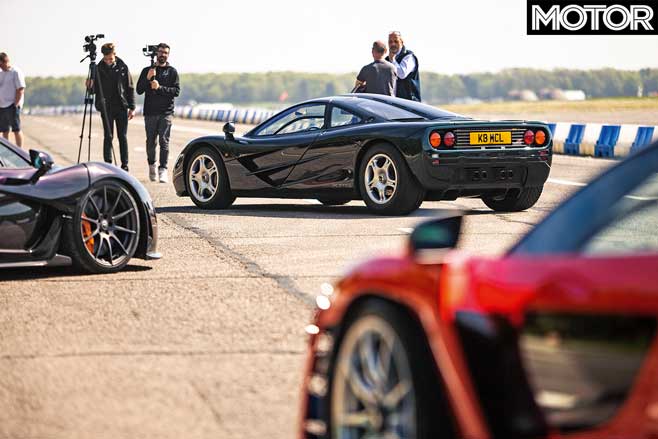
So, at the risk of repeating myself: F1, P1, Senna. Which would you take first? If I didn’t have a story to write afterwards, I’d have left the F1 until last. Of course you would. It’s a McLaren F1 for goodness sake, and the number of those in anything approaching regular use in the world can be counted on the fingers of one hand, probably without needing the thumb. But it’s the benchmark, the inspiration, the one without which the others might have existed but surely not as they are. It is the origin; it has to go first.
It seems hardly believable that the car is 25 years old, but the truth is that age manifests itself in primarily positive ways: the car’s compactness, its manual gearbox, analogue dials, normally aspirated engine and so on. For those of us who love the simple business of driving, the transition of such one-time staples from rule to exception is not something that is necessarily to be celebrated.
Then there is that central driving position, so mad in theory but so effective in practice. It needs zero acclimatisation, for it feels natural at once. I’m glad it’s coming back on the Speedtail. Visibility all round is sensational, the antithesis of the Lamborghini letterbox approach to cockpit design. Confidence grows.
The V12 is smooth, the gearbox on this 94,000km car loose and easy to operate. So, because there is time, I can tootle about for a bit. My goodness it rides well. No anti-roll bars here (or ‘anti-traction devices’ as they used to be called at McLaren). The unassisted steering communicates like that of a Lotus, and no wonder – there are Exiges that weigh more than this.
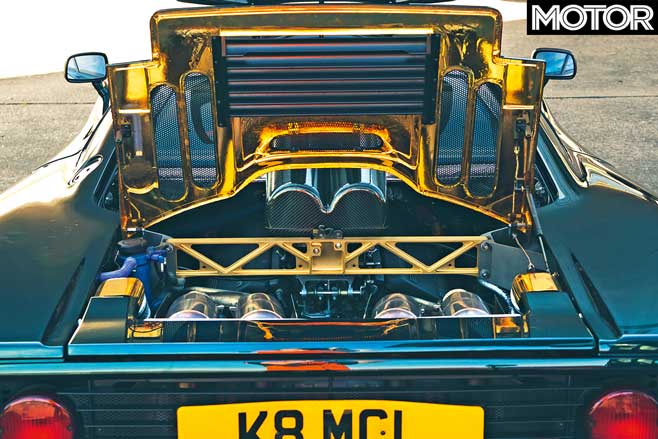
And then you can resist no longer; pausing only to remind yourself this is 468kW in 1164kg of car and that it has no safety systems of any kind at all, you give it the boot. Which is when part of you that somehow and stupidly filed this car under ‘nice old thing’ loses all comprehension of what happens next; it will only be regained when you remember the old dear has a better power to weight ratio than a Bugatti Veyron. Really. In the cockpit all your limbs are busy changing gear and holding it straight. By the time you feel you can afford to glance down, an insane number is already on the speedometer, like 250km/h.
Then something else happens. Or, more accurately, doesn’t happen. The rate of acceleration scarcely slows, because the F1 has no drag compared to modern cars whose bodies generate downforce. Out of deference to its age and value, I didn’t press on much further, but this very car once did over 385km/h, which is way faster than either of its younger, far more powerful descendants can manage.
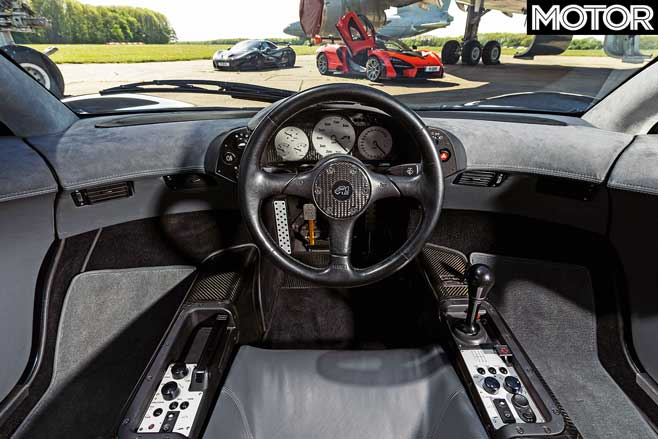
But while the F1 feels utterly mighty in a straight line, around the rest of the lap the years start to show. This is by no means all bad news because on new Michelins (the only components on the car not to period spec because the original Goodyears are no longer available), the car has surprisingly good grip and a nice balance near the limit.
But I don’t want to throw it around and that has nothing to do with its value. F1s tended not to react brilliantly when pushed further than they cared to go and I’m very happy to leave that aspect of its character unexplored. But there’s no avoiding the brakes, and by both modern standards and those of any car with this level of performance they are, frankly, terrible.
What will the P1 feel like after that? There’s so much about it that seems less, well, good. It has a small turbo V8, not an enormous atmospheric V12. You shift gears via paddles, not a lever. You can only get two people on board and there’s not much room for luggage.
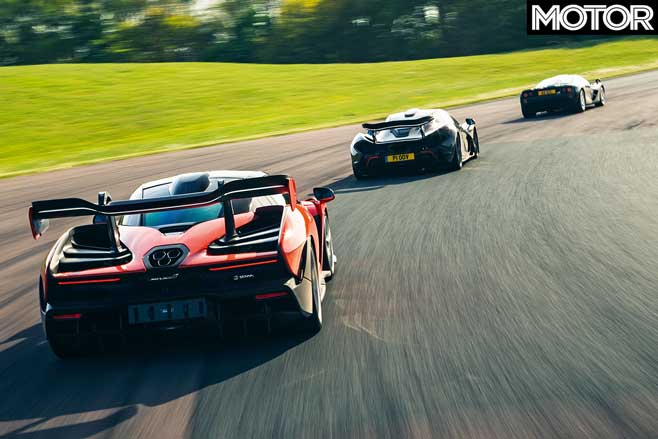
Yes, it’s far more powerful thanks to its hybrid-assisted 673kW engine, but that very system also makes it heavier – 300-odd kilograms heavier. When it came out alongside the LaFerrari and Porsche 918, hybrids were a novelty, so much so in cars like this that a new term was coined that was never applied to the F1 in period: these were ‘hypercars’. But is it really such a leap?
Well, in a word, yes. For the avoidance of doubt, I’d have the F1 powertrain over the P1 equivalent every day of the week, month and year, but that doesn’t make the P1 less than one hell of a car, and capable in ways the F1 simply could not imagine.
But let’s look first at what they share, beyond a badge, all-carbon construction and very funky doors. The curious thing is that, despite the 20 years that separate them and the fact very few of the people who worked on the F1 were still around in Woking to work on the P1, they still feel related. And it’s that sense of light and space in the cabin that does it. This is a massively more complex car, bristling with driving modes for the powertrain and chassis, push-to-pass power boost and DRS buttons, but it still manages to make you feel at home.

The difference is that here the chassis is no longer cast in a supporting role to the engine; they get equal billing and provide a double act of what, even today, is rare ability. The P1 actually feels quicker in a straight line than the F1 because the hybrid system fills in all the holes in the torque curve, providing turbocharged shove with zero lag. It doesn’t sound beautiful like the F1 – in fact it sounds quite ugly – but it somehow fits the maniacal rate at which it gathers speed.
But while you’re conservative with the F1’s entry speed into corners and downright cautious with its brakes, you can treat the P1 almost like a racing car. You can brake from 300km/h, feel the carbon brakes shed 150km/h like they’re shrugging off a coat and then fling it into a corner while still hard on the stoppers. Try that in the F1 and you would be in the trees.
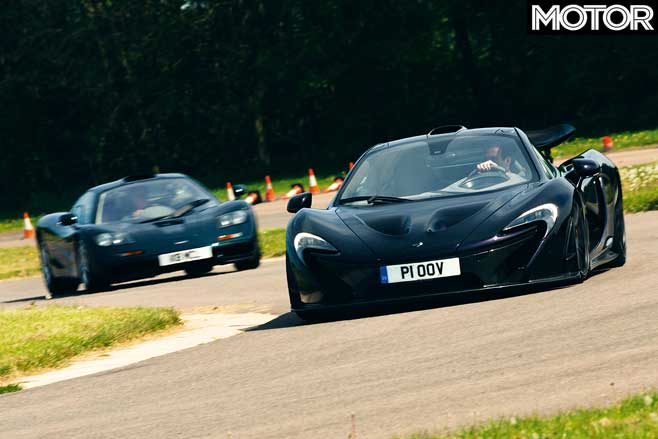
It has massively more grip, yet despite that the limit is not something to be carefully skirted as you would in the F1, it’s a place to seek out and enjoy. With proper downforce, active aero, (relatively) modern tyres and one of the world’s most sophisticated suspension systems, the P1 is actually a far easier and more accessible car to drive fast than the F1, and that fact stands as a powerful riposte to the many and varied ways in which the older car proves that not all progress is always in the right direction.
But it is the Senna that shows how McLaren hypercar philosophy has evolved over a quarter of a century. The F1 was a pure road car and always intended as such. The P1 is a finely judged balance between road and track and uses its suspension to prove itself very plausible in both environments. But the Senna? I once spent a long day on the road in one and it was thrilling, but so too was it hard. Really hard.
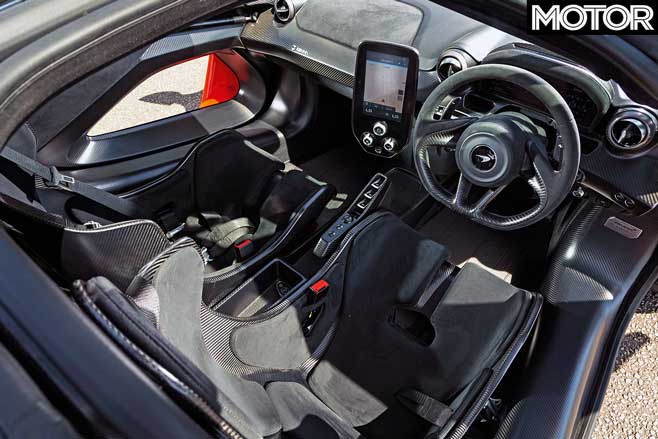
The car is noisy and uncomfortable. You never know what reaction you’re going to get when you nail the throttle because you’ll almost always instantly trigger a traction control system so sophisticated all you usually notice is a reduction in engine power. You can of course turn it off, but get ready to get busy if you do. More than anything, the Senna feels like a caged beast on the road because, unlike the others here, unless you’re driving it as fast as you can there’s not much point being on board. And you can’t do that in public.
But on the track? Oh my goodness. The Senna is so good, it actually makes the P1 feel, if not actually clumsy, then certainly its age. It feels like a racing car, or as much like a racing car as a street-legal tyre will permit in 2019. Its composure in quick corners is utterly unlike any other road car I’ve driven. Its precision, speed and feel at big speeds is simply sublime.
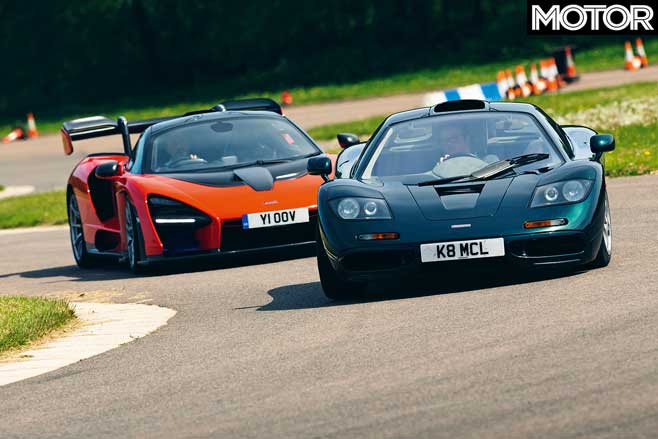
If the Senna has a problem, it is only that the car is so much better than its Pirelli Trofeo R tyres, which are themselves state of the art. In high-speed corners, when there’s 800kg of downforce nailing the car to the road, it’s mesmerising, in a different world even to that inhabited by the P1.
In the slow stuff, when it can only rely on mechanical grip, there is understeer that needs a degree of management. Happily, being closer in weight to the F1 than the P1 and more chuckable than either, there’s much fun to be had sorting it out. And it is utterly viceless.
I don’t much like ‘horses for courses’ verdicts, but it seems iniquitous to come up with a 1-2-3 order for these cars, separated as they are not just in time but concept too. While the F1 is entirely established as perhaps the automotive icon of the last generation, neither the Senna nor even the P1 have yet had time to find their place in history, but the progression from road car to track car is clear. How interesting then that the next car in the Ultimate Series is the Speedtail, a car billed as more luxurious and road-oriented even than the F1. So it seems the circle will be complete.
Fast Facts
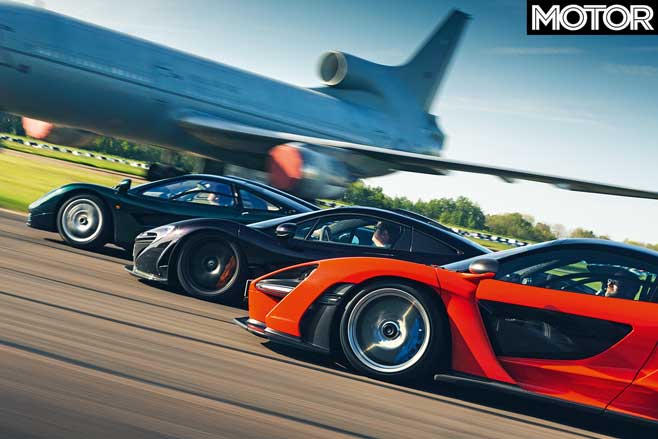
| u00a0 | McLaren F1 | McLaren P1 | McLaren Senna |
| Body | 2-door, 3-seat coupe | 2-door, 2-seat coupe | |
| Drive | rear-wheel | ||
| Engine | 6064cc V12, DOHC, 48v | 3799cc V8, DOHC, 32v, twin turbos + electric | 3994cc V8, DOHC, 32v, twin turbos |
| Power | 468kW @ 7500rpm | 673kW @ 7300rpm | 597kW @ 7250rpm |
| Torque | 617Nm @ 5000rpm | 900Nm @ 4000rpm | 800Nm @ 5500rpm |
| Power/Weight | 402kW/tonne | 452kW/tonne | 447kW/tonne |
| Transmission | 6-speed manual | 7-speed dual-clutch | |
| Weight | 1164kg | 1490kg | 1314kg |
| L/W/h | 4288/1820/1140mm | 4588/1946/1188mm | 4744/2153/1229mm |
| 0-100km/h | 3.2sec | 2.8sec | 3.1sec |
| Top Speed | 386km/h | 350km/h (limited) | 335km/h (redline limited) |
| Price | One recently went for $28 million. Seriously. | AUD$3million (estimate) | AUD$1.6million (approx) |
McLaren’s Trinity
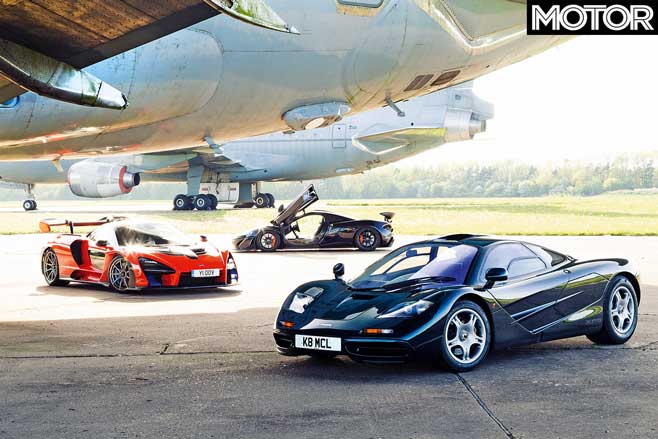
McLaren F1 – 1995
Formula 1 racecar designer Gordon Murray had already masterminded three World F1 Drivers Championships when he convinced McLaren boss Ron Dennis to build his innovative three-seat supercar. With the world’s first cabonfibre chassis and a big V12 engine, it was both light and powerful, and set a new speed record that stood for seven years.
McLaren P1 – 2012
Limited to an initial production run of just 375 units – which sold out in a month – the P1 utilises hybrid power but ditches the F1’s novel three-seat layout for a conventional two-seat arrangement. Used McLaren’s own 3.8-litre twin-turbo V8, which was enhanced by an electric motor. The car features Formula 1 technology such as KERS, ‘push to pass’ and DRS.
McLaren Senna – 2019
The third member of McLaren’s ‘Ultimate Series’ line was named after Brazilian driver Ayrton Senna, who won his three world titles driving for McLaren. As such, the 720S-based car was designed primarily for the track (while remaining road legal). It is 176kg lighter than the P1 and employs aggressive active aerodynamics to generate some 800kg of downforce.





